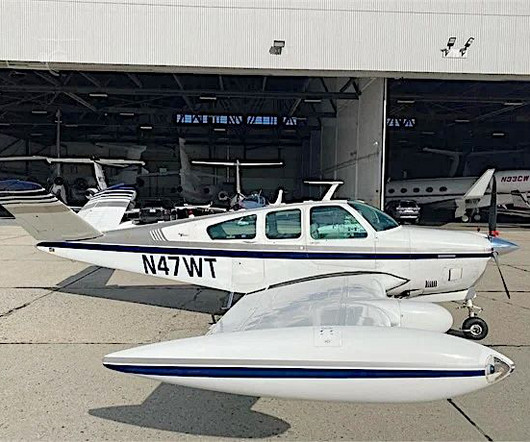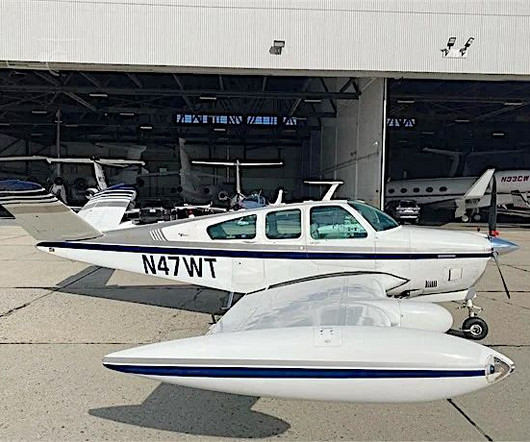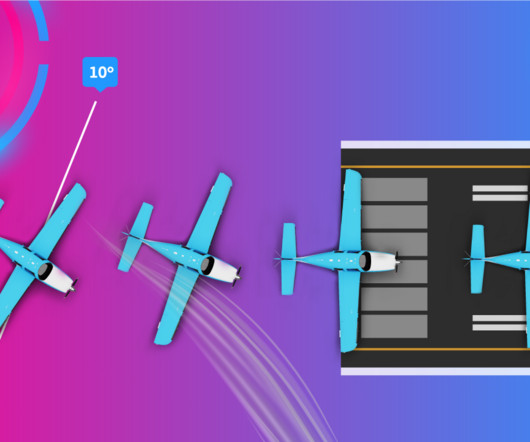Heads-up, hands-free: How to use iPad audio alerts for safer flights
iPad Pilot News
MARCH 11, 2025
There’s even an alert for weight and balance when your center of gravity is out of limits. The alert will only sound once every 60 seconds and is automatically disabled if groundspeed is less than 40 knots. The alert is only triggered when groundspeed is above 40 knots or the connected device does not have a GPS fix.











Let's personalize your content